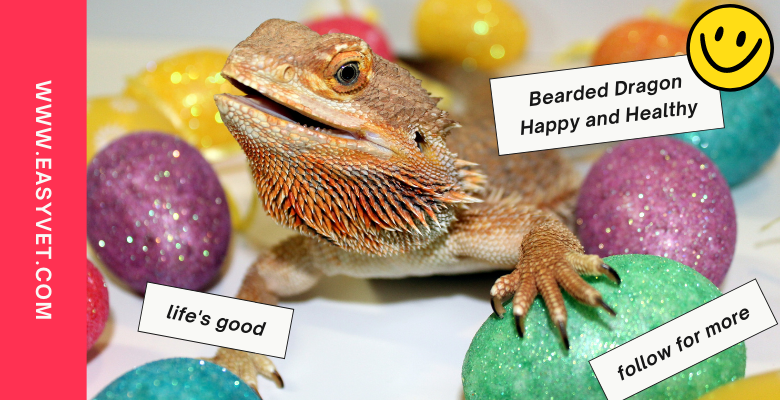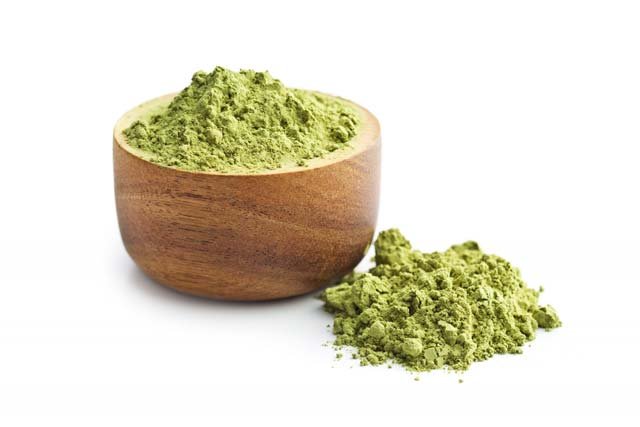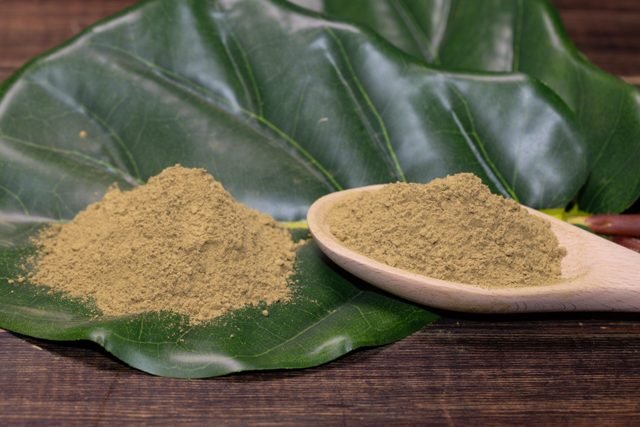
Although native to Australia’s deserts and forests, bearded dragons have become popular pets all around the world. These inquisitive and relatively large lizards make great companions. They do, however, have some specific needs. Here are five tips for keeping your bearded dragon happy and healthy.
1. Diet
In the wild, bearded dragons are not very picky eaters at all. They will eat insects, plants and even smaller reptiles if they get a chance. In captivity most people opt to feed their dragon with live insect prey such as locusts. Live prey helps stimulate your bearded dragon.
2. Veterinary Care
Your bearded dragon will need some specialist care from a vet that has experience with reptiles. Search for ‘vet clinic near me’ to find local practitioners that can look after cold-blooded animals. Bearded dragons are relatively hardy creatures, but it is recommended that you take them to a vet at least once a year for a checkup.
3. Temperature And Lighting
Like all reptiles, bearded dragons are ectothermic. This means that they use their surrounding environment to regulate their temperature. Mammals, on the other hand, use their blood to partially regulate temperature.
Your vivarium should provide a thermogradient. Thermogradient is a word meaning an environment that gradually changes temperature over space so that your bearded dragon can regulate body temperature. Bearded dragons detect heat using light. Use a 60 watt bulb to create the hottest part of the thermogradient over a large stone. Your bearded dragon will use this area to raise body temperature before retreating into a hide at the other end of the vivarium to cool down if necessary.
Heat lamps should be guarded to prevent burns. The basking zone should reach around 38 Degrees Celsius, while the cool end should top out at around 26 Degrees Celsius.
4. Shedding
All reptiles shed their skin as they grow in size. When you notice the coloration of your dragon becoming more dull, it may indicate that it is about to shed its skin. It is important that you do not peel dead skin from your bearded dragon. This can cause injury if the skin is still partially attached. If patches of skin seem stuck after a shedding, you may want to gently bathe your pet in shallow tepid water for about 5 minutes. This will soften any dead skin. Poor shedding can be dangerous as it cuts circulation off from the toes. Well-hydrated bearded dragons typically shed well. If your bearded dragon is shedding poorly then it may be a sign of dehydration.
5. Enrichment
It is very important to provide environmental stimulation for your bearded dragon. Bearded dragons are relatively inquisitive animals and a featureless vivarium will take a toll on their overall health. Place sticks, rocks and other items in their vivarium to simulate the natural desert and woodland environment of the dragon.
Place a hide at each end of the vivarium and provide soil or sand so that your bearded dragon can dig and nest.









